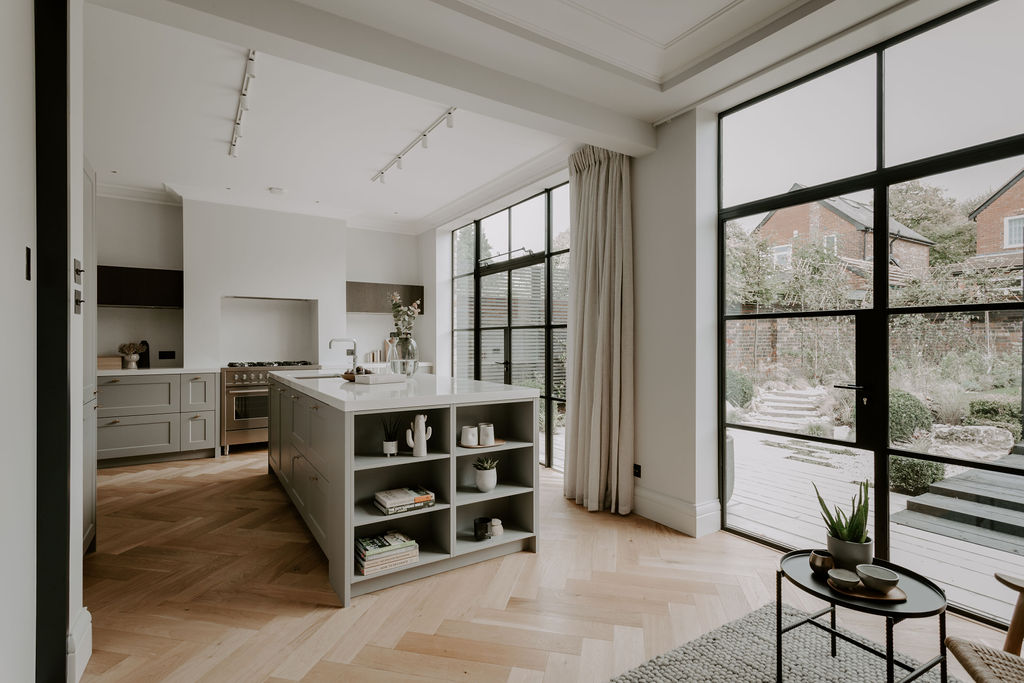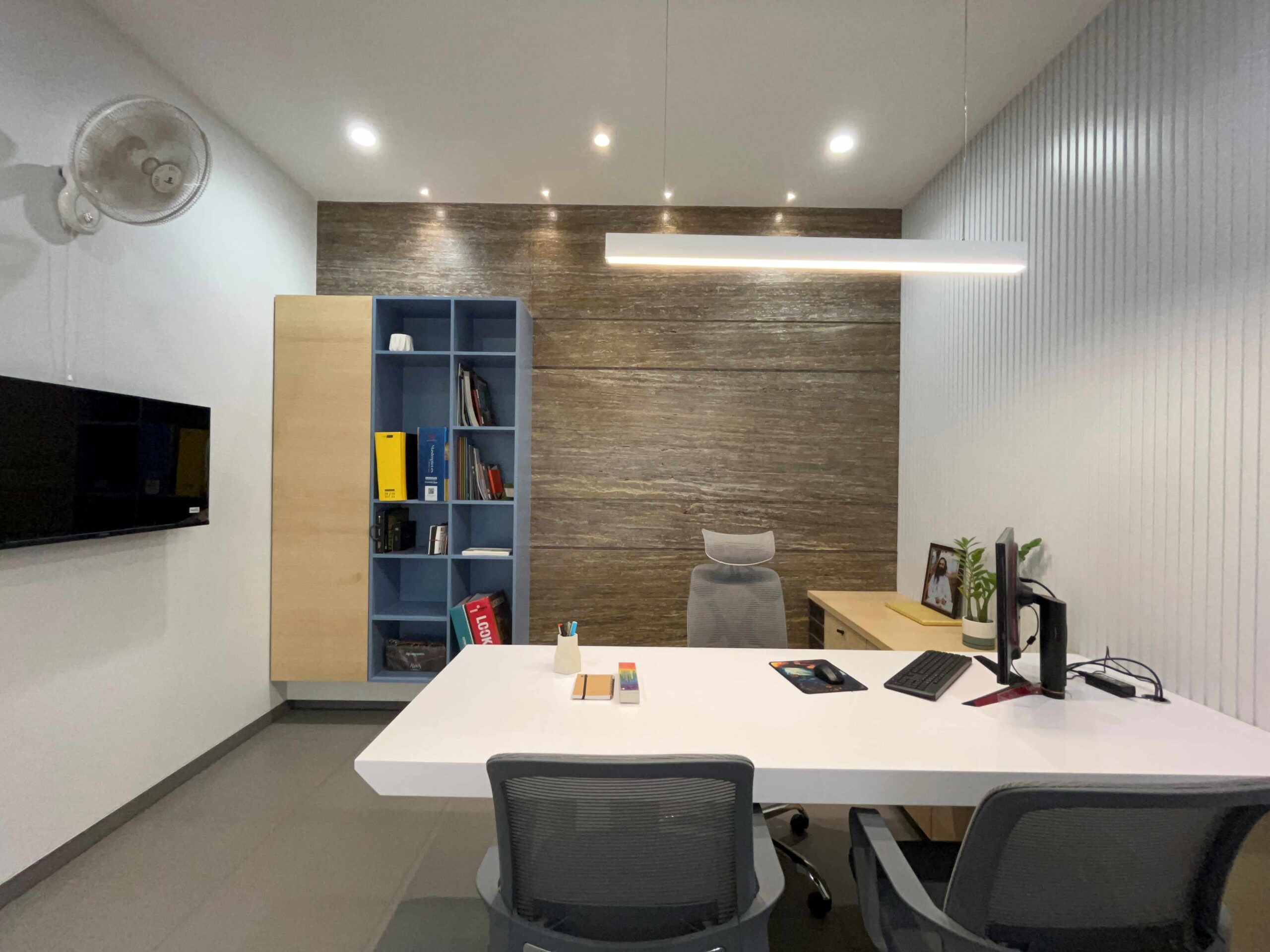Discover the Best Interior Design Near Me for Your Dream Home
Discover the Best Interior Design Near Me for Your Dream Home
Blog Article
The Art of Balance: Just How Interior Design and Home Architect Collaborate for Stunning Outcomes
In the realm of home style, striking a balance between looks and capability is no small feat. This delicate balance is attained via the unified collaboration between interior designers and architects, each bringing their distinct know-how to the table. Stay with us as we check out the ins and outs of this collective procedure and its transformative effect on home style.
Recognizing the Core Distinctions In Between Interior Design and Home Style
While both indoor style and home architecture play crucial functions in creating cosmetically pleasing and practical rooms, they are naturally different disciplines. It deals with the 'bones' of the framework, working with spatial measurements, load-bearing walls, and roof covering styles. On the various other hand, interior style is more worried with enhancing the sensory and visual experience within that structure.
The Harmony Between Home Style and Interior Decoration
The synergy in between home architecture and Interior Design lies in a common vision of style and the improvement of practical visual appeals. When these 2 fields line up sympathetically, they can transform a space from common to extraordinary. This partnership calls for a deeper understanding of each self-control's concepts and the ability to produce a natural, aesthetically pleasing atmosphere.
Unifying Layout Vision
Linking the vision for home style and interior style can create an unified living room that is both practical and visually pleasing. It promotes a synergistic strategy where building aspects complement indoor layout elements and vice versa. Therefore, unifying the layout vision is vital in mixing design and interior design for spectacular outcomes.
Enhancing Useful Visual Appeals
How does the synergy in between home design and Interior Design boost practical appearances? This harmony allows the creation of rooms that are not only aesthetically attractive but additionally easily usable. Architects lay the foundation with their architectural design, making certain that the space is effective and useful. The indoor designer after that complements this with meticulously selected components that enhance the aesthetics without endangering the functionality. This unified collaboration can lead to homes that are both gorgeous and livable. A designer could design a home with high ceilings and big windows. The indoor designer can then accentuate these attributes with tall plants and sheer drapes, respectively, therefore boosting the aesthetic charm while keeping the useful benefits of all-natural light and space.
Importance of Collaboration in Creating Balanced Spaces
The collaboration between interior developers and engineers is essential in producing balanced spaces. It brings consistency in between style and design, offering birth to areas that are not only aesthetically pleasing yet likewise functional. Exploring effective collective strategies can offer understandings into how this harmony can be properly accomplished.
Harmonizing Layout and Architecture
Balance, a vital aspect of both Interior Design and style, can only absolutely be accomplished when these two areas job in harmony. This consistency is not merely a visual consideration; it affects the capability, sturdiness, and inevitably, the livability of a space. Inside designers and developers need to understand each various other's roles, value their know-how, and communicate properly. They should take into consideration the interplay of architectural aspects with style, the flow of rooms, and the impact of light and shade. This collaborative process causes a cohesive, well balanced layout where every element adds and has an objective to the overall visual. Therefore, balancing layout and architecture is not practically creating lovely spaces, but regarding crafting rooms that work perfectly for their occupants.
Successful Collective Approaches

Instance Researches: Effective Assimilation of Layout and Design
Analyzing several study, it emerges how the effective assimilation of Interior Design and architecture can change a space. The Glass Residence in Connecticut, renowned for its minimalistic beauty, is one such example. Architect Philip Johnson and indoor developer Mies van der Rohe worked together to create an unified equilibrium between the interior and the structure, causing a seamless flow from the outside landscape to the inner living quarters. Another prototype is the Fallingwater House in Pennsylvania. Engineer Frank Lloyd Wright and indoor designer Edgar Kaufmann Jr.'s collaborative initiatives cause a strikingly unique residence that blends with its natural environments. These study underline the extensive effect of a successful layout and design cooperation.

Conquering Difficulties in Design and Architecture Cooperation
Regardless of the obvious advantages of an effective collaboration in between Interior Design and design, it is not without its challenges. Interaction concerns can develop, as both parties might make use of different terminologies, understandings, and strategies in their work. This can lead to misconceptions and delays in project conclusion. One more major obstacle is the balancing act of visual appeals and functionality. Engineers may focus on architectural honesty and security, while developers concentrate on convenience and style. The integration of these goals can be complex. In addition, budget plan and timeline constraints often add pressure, possibly creating rifts in the collaboration. Reliable communication, shared understanding, and concession are important to overcome these difficulties and attain a harmonious and effective cooperation.

Future Patterns: The Evolving Partnership In Between Home Architects and Interior Designers
As the world of home style proceeds to evolve, so does the connection in between engineers and indoor developers. Conversely, interior designers are accepting technological facets, affecting overall layout and performance. The future assures an extra cohesive, innovative, and adaptive method to home style, as developers and engineers proceed to obscure the lines, cultivating a partnership that absolutely personifies the art of balance.
Verdict
The art of equilibrium in home layout is achieved with the harmonious partnership in between indoor developers and engineers. An understanding of each various other's techniques, efficient interaction, and shared vision are critical in developing aesthetically sensational, practical, and inviting areas. Despite challenges, this partnership cultivates development and advancement in style. As the connection in between home designers and interior designers advances, it will certainly remain to shape future trends, boosting convenience, effectiveness, and personal expression in our home.
While both interior layout and home design play important duties in developing visually pleasing and functional areas, they are inherently various self-controls.The harmony between home architecture and indoor design exists in a shared vision of layout and the click here enhancement of practical looks.Combining the vision for home style and interior layout can create an unified living space that is both useful and aesthetically pleasing. Hence, unifying the design vision is critical in blending style and interior style for sensational outcomes.
How does the synergy in between home architecture and interior layout enhance practical visual appeals? (Winchester architect)
Report this page